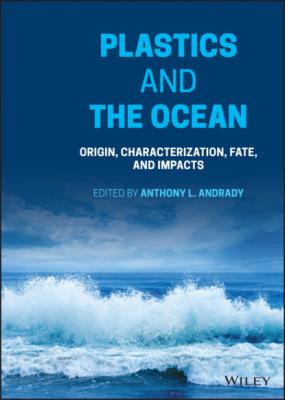Plastics and the Ocean. Группа авторов
Чтение книги онлайн.
Читать онлайн книгу Plastics and the Ocean - Группа авторов страница 42
 5.03
5.03
Note:
a Not experimentally derived, rather estimated from ECOSAR program.
b 24‐hour exposure.
> means the LD50 is above the water solubility; >>> means the LD50 is well above this measured concentration of water hardness in toxicity test water.Red shades indicate >5 log K ow (concern for bioaccumulation/biomagnification) or LD50 < 1 (concern for acute aquatic toxicity).
These two mechanisms influence the modeling of additive transport, leading to another comparison of seemingly conflicting results. Koelmans et al. (2016) concluded that most plastic additives in the ocean had already reached equilibrium between seawater and plastic debris. This interpretation was based on the estimate that 80–90% of plastic in the ocean has been there for two to four years, much longer than it takes free additives to reach equilibrium between the plastic and water. In contrast, Kwon et al. (2017) concluded that plastic additives intentionally added may not ever attain equilibrium between plastic and water in the marine environment. Both perspectives can be correct – certain additives especially those that have already escaped plastics (e.g. BFRs, APs, BPA) may already be at sorption equilibrium with plastics in the ocean. Incorporating both perspectives into models will make for the most accurate real‐world estimates of plastic additive mass balance and fluxes.
2.3.3 The Complexity of Multiple Compartments
The ocean consists of multiple compartments, not just plastic and water, that can carry additive chemicals (Figure 2.2). Some of the dynamic processes that determine the transport and fate of plastic additives in the marine environment, and the role of the host plastic, are presented in Figure 2.3. For the complete understanding of chemical additive transport and fate in the ocean, all environmental compartments must be considered, including air, soil, sediments, freshwater, seawater, and biological matter. For